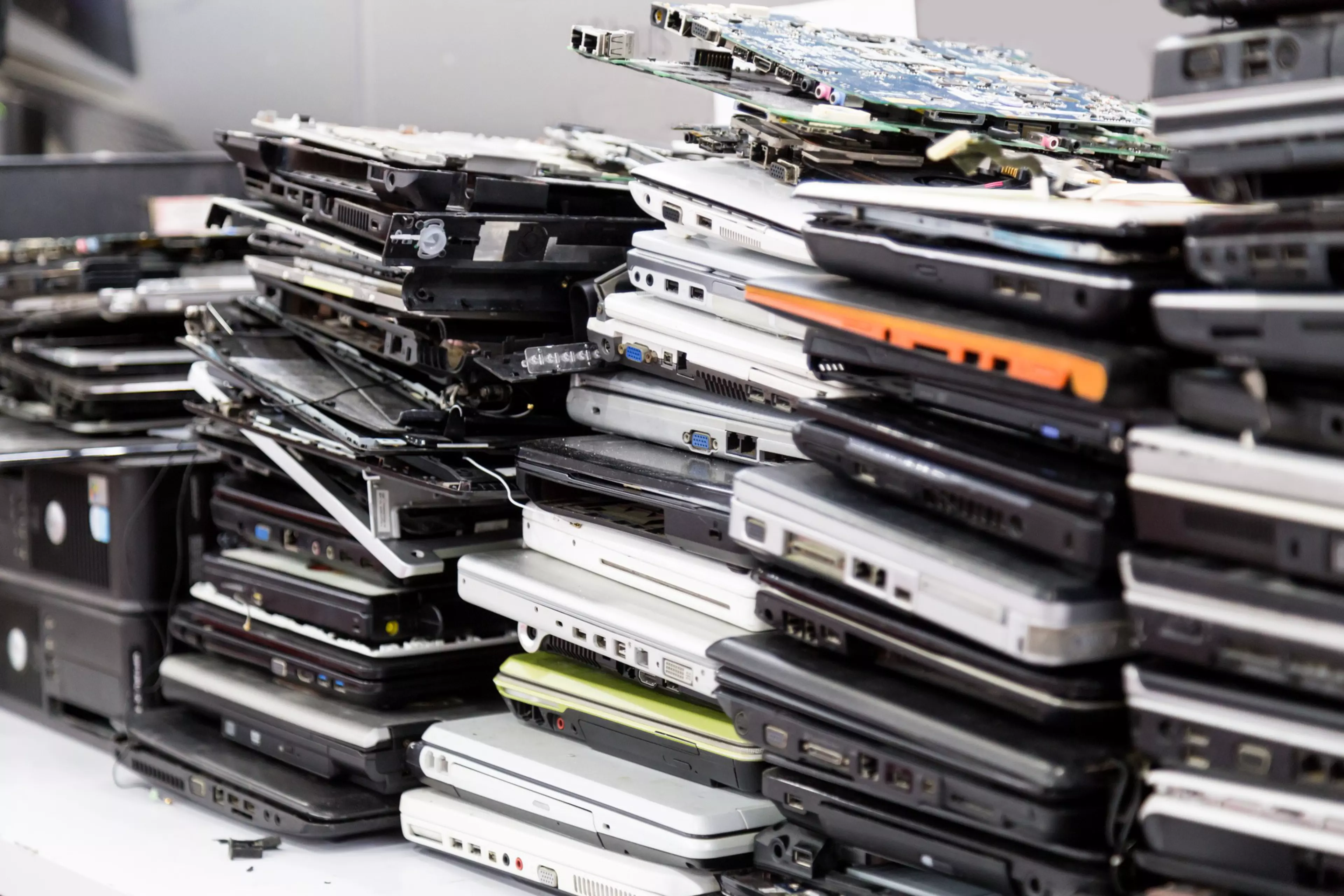When we talk about digital transformation, we mean the integration of digital technologies into all areas of a business or organisation, which leads to fundamental changes in the way it works. Digital transformation is also about people, culture, and processes, as it is technology, however, for the purpose of this blog, we will focus on the technology aspect of digital transformation. It increases efficiency in various processes and delivers more productivity, more customer satisfaction, and high-quality user experiences. It also delivers data-based insights, improved collaboration, enhanced communication, more agility, fewer human errors, and more security.
Despite these numerous operational benefits, can digital transformation also lead to more sustainability? What is the impact of digital technologies on the environment? These are the questions we want to explore in this blog article. Understanding the critical factors is essential to avoid ‘Greenwashing’ the abilities of digital transformation’s abilities. Aspects such as resource consumption and waste volumes should be considered. This can be a complex debate, with a variety of statistics available and actionable insights.
Print or on-screen – which is more sustainable?
One of the most obvious processes that comes to mind when thinking about digital transformation is the digitisation of paper-based processes. Except Integrated Sustainability published an interesting article in 2020 comparing reading a printed document to reading a digital equivalent and the figures used below provide valuable insights into this.
Over eight trees are needed to produce 100,000 sheets of paper, generating a carbon footprint of 6,000 kg of CO₂ equivalents. The use of energy and water make up the largest part of this footprint. The production of just 20 sheets of paper alone consumes 6.4 litres of fresh water. Added to this is the resource consumption of the printing devices - although, according to Except Integrated Sustainability, the energy consumption during the printing process is minimal. However, it is also important to consider the environmental impact of manufacturing the printer.
Looking at the alternative, if paper were completely dispensed with and people only read on a screen, this consumption of printed resources would be eliminated. On the other hand, the production of a laptop is responsible for 70% of its overall energy consumption throughout its lifespan. Additionally, the production of each laptop contributes to water consumption equivalent to 6,500 litres. Compare this to print, where once a document is printed, it is readily available, and you can read it as many times as you like. Reading the same document again on a laptop, on the other hand, requires new electricity each time.
In addition, a sheet of paper can be recycled up to seven times, and when used to its maximum, recycling paper can reduce its carbon emissions by 47%, from 6,000 kg per 100,000 sheets down to 3,200 kg. On the other hand, 50% of the emissions generated during the production of a new laptop are offset as soon as the laptop is recycled. For used laptops, this figure can be as high as 75%.
Based on these figures, Except Integrated Sustainability points out that the CO₂ emissions of both digital and a physical document will depend upon how a document is used. They note that if someone reads a document only once, then a digital version generates less CO₂. However, printing becomes more environmentally friendly if people read or share a document more than three times. Thus, the way people use documents significantly affects the overall CO₂ emissions.
Resource consumption of digital collaboration and communication
Digital collaboration is a flexible and powerful way of connecting teams and workers based at any location, but its sustainability merits need careful consideration.
As digitalisation progresses, the amount of data that is sent back and forth, downloaded, and stored also increases. For example, according to figures from Domo, the average person produces 102 MB of data every minute.
In 2019, the German magazine Oekotest published an article titled: "An email is just as harmful to the climate as a plastic bag". As data volumes increase, so does energy consumption:



